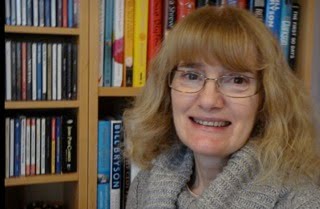- Silver Bay by Jojo Moyes. I love her novels, but I haven't read this one, published in 2007, and republished this year. It's set in New South Wales, and is also a story about Liza who protects whales, and the man who comes into her life and turns it upside down.
- The Age of Miracles by Karen Thompson Walker. This book looks really exciting. Set in America, it's about Julia and her family who wake up one ordinary Saturday to find that the rotation of the earth has begun to slow, making the days get longer! I love sci-fi stories that are founded in reality, rather than fantasy ones, so this one sounds just right.
- The Beach Hut by Veronica Henry. Coming back down to earth and home to North Devon, this story follows the families who visit the seaside at Everdene each year, their love life and their memories of summers past. I think it may be a little like In the Summertime by Judy Astley, which I also hope to read, (if only I could read faster!)
- The Italian Wedding by Nicky Pellegrino. Off to Italy now. I'm going to read this book because I loved her Recipe for Life which I reviewed last July. This one is about two feuding Italian families, and two love stories, (sounds a bit familiar!) but if it's anything like the last, I know I'm going to love it.
- A Cornish Affair by Liz Fenwick. This is Liz's second novel, and like the first one, The Cornish House, I was able to buy it and get it signed by her at the RNA Conference. Originally from Boston, she now lives in Cornwall, and her love for the county shines through in her writing. This story is again about a Cornish house, and Jude, who leaves her fiancé at the altar, and ends up uncovering the secrets of the house's past. I can't wait!
- My last book, The Secret Keeper by Kate Morton, was actually on the bottom of my pile because it was the biggest, but I had began to read it on my Kindle on the train to the conference, and was lucky to get a hardback copy in my goody bag. Wow! It follows the story of Laurel who witnessed a terrible event one summer afternoon, fifty years ago, when she was sixteen, and the secret that her mother has kept throughout her life about why it happened. Will Laurel find the answer before it's too late?
What have you got in your pile to read?








.jpg)







